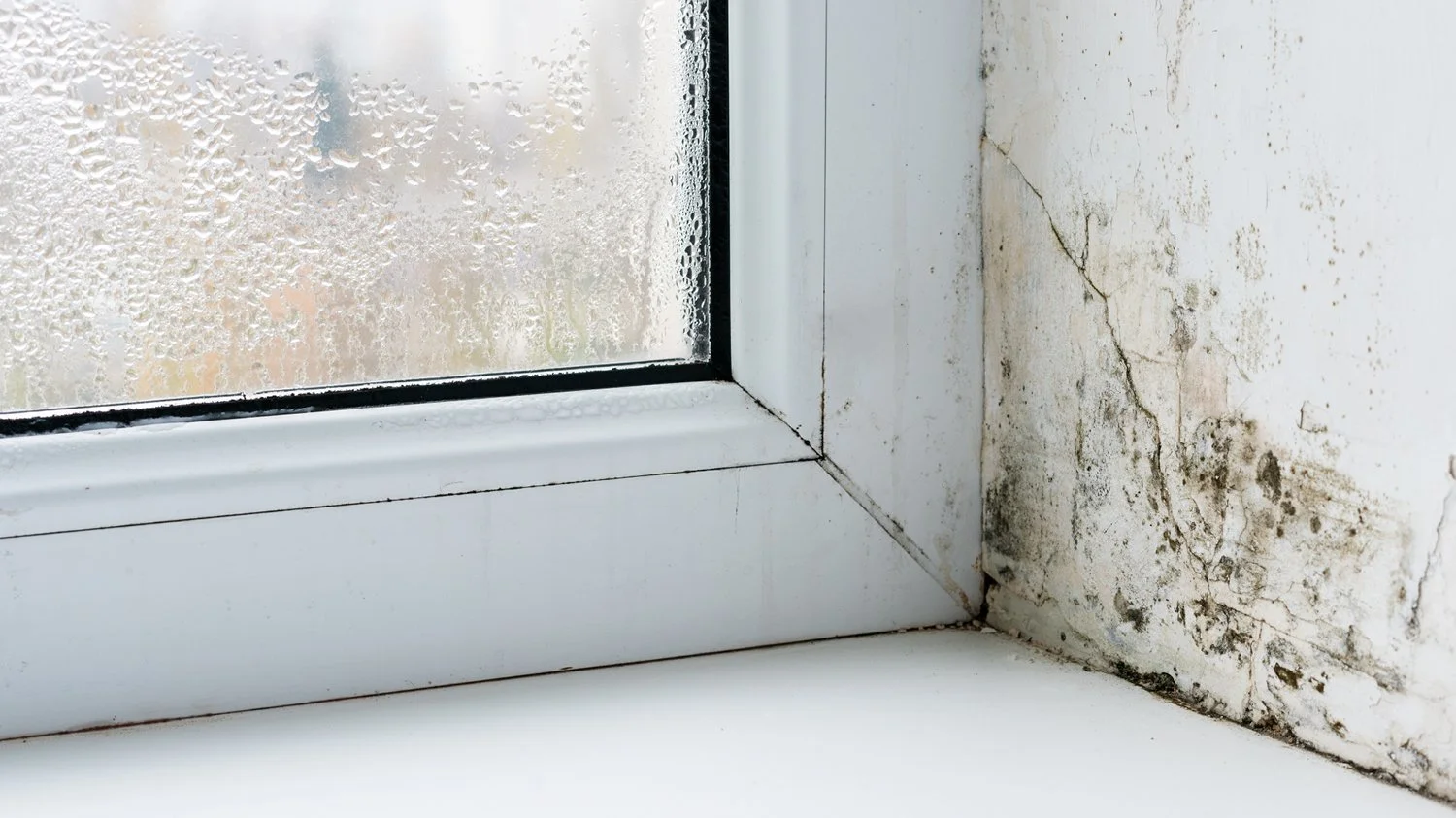Know your rights - what to do if you have damp and mould in a rented home
It's important to take action against damp and mould in your home, as they can make your lung condition worse. If you live in rented accommodation, your landlord is responsible for keeping your home in a good condition and should fix damp and mould quickly. Here’s how to deal with damp and mould if you rent.
Why damp and mould is a problem
Mould is a type of fungus that grows in damp places. If you’ve got mould at home, you’ll see fuzzy black, white or green patches on the walls, ceiling or tiles. Damp and mould are more common in bathrooms and kitchens because of condensation from showering and cooking.
Damp and mould can cause an asthma attack or a flare-up of your lung condition. In a recent Asthma + Lung UK survey, two in five people with lung conditions told us that mould worsens their symptoms. If you have a lung condition, you’re also more at risk of developing aspergillosis because of damp and mould.
How to deal with damp and mould
Government guidance says your landlord must ensure that your home is safe to live in. This includes taking damp and mould issues seriously.
Report any leaks or problems with damp and mould to your landlord as soon as possible and keep a record of any conversations you have. Communicating through email or text message might make this easier. Shelter have information about talking to your landlord. You may also be able to get a housing assessment from your local council’s environmental health department.
There are also some simple, low-cost things that you can do to help prevent damp and mould at home, like keeping your home well-aired and using extractor fans. This does not mean that your landlord can make unreasonable demands. For example, they cannot stop you from doing essential tasks, like cooking or showering.
Know your rights as a tenant
You have rights if you have reported the damp and mould issues to your landlord and they’re not sorting out the problem.
Citizens Advice has information on what actions you can take if your landlord is not fixing the problem. Their advice applies to people renting privately and from housing associations and councils.
If the damp and mould is worsening your lung condition symptoms, you could also speak to your GP, nurse or specialist. They could give you medical records or a letter of support that explains how the damp and mould is affecting your health.
Stick to a good routine
Although it’s not going to fix the issue, managing your lung condition well can help reduce the risk of damp and mould affecting your lung condition.
This includes taking your medicines as prescribed. You could also speak to your local pharmacist about using a steroid nasal spray or antihistamines to treat mould allergies.
You might find a self-management plan useful too. They include information about what to do if you encounter something that affects your lung condition, like damp and mould. We have an asthma action plan, COPD self-management plan, MART action plan and a pulmonary fibrosis self-management plan available for free.
If your symptoms are getting worse, or if you’re using your reliever inhaler three or more times a week, speak to your GP as soon as possible.
For more advice about damp, mould and your lung condition, call the Asthma + Lung UK Helpline on 0300 222 5800 or email helpline@asthmaandlung.org.uk.
We empower people with lung conditions to make changes that can be transformative.
Please donate now to help make sure people with lung conditions can live well this year.








Beki is a PhD student from the West Midlands. She has several health conditions including severe asthma and Ehlers-Danlos syndrome (EDS). EDS is a rare inherited condition that affects connective tissue. Last May, Beki set herself a fundraising challenge to complete 180,000 steps to raise money to mark World Asthma Day and EDS Awareness Month.